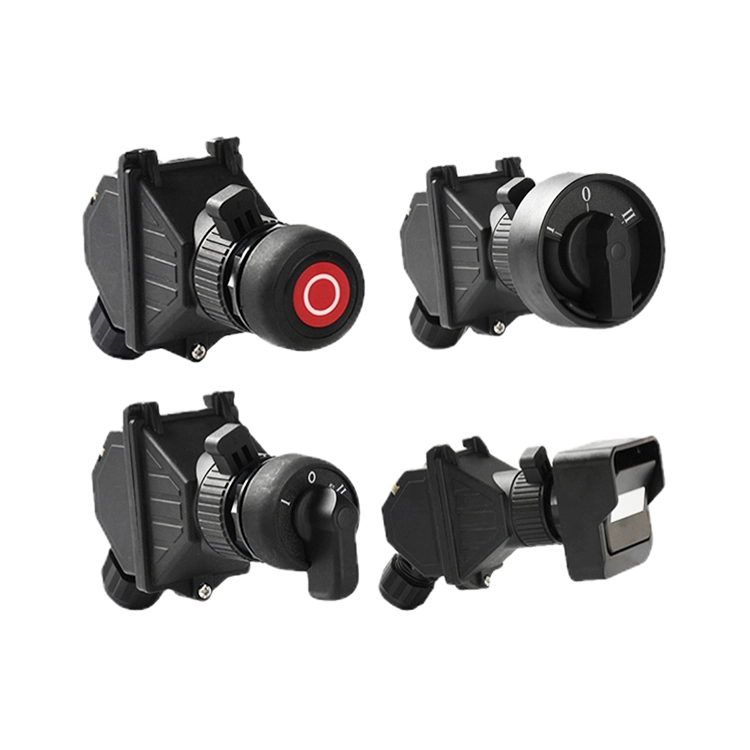How to choose an explosion-proof switch? Keep these 5 points in mind to avoid pitfalls.
2025-07-18
Choosing an explosion-proof switch is like selecting a bodyguard for a hazardous environment; you can't just buy any switch labeled “explosion-proof” and expect it to work. The key is to focus on these 5 critical criteria:
We should Verify the “identification mark”. It's important to look for the explosion-proof mark starting with “Ex” on the switch nameplate, such as Ex d IIB T4. The alphanumeric combination indicates the explosion-proof type, applicable gas, and temperature class. Explosion-proof type (Ex d) is commonly used in chemical plants, while increased safety type (Ex e) is widely used in gas stations.
Then we need to match the hazardous zone. For example, Zone 0 (continuously explosive gas) requires the highest level of intrinsic safety type (Ex ia), Zone 1 (occasionally explosive) can use explosion-proof type, and Zone 2 (short-term explosive) can use increased safety type. Choosing the wrong type is like planting a time bomb!

And it is also very essential to insist on the right housing material. Aluminum housings are lightweight but not corrosion-resistant, stainless steel is durable but expensive, and fiberglass is suitable for chemical corrosion environments. Coal mines must use equipment with “MA” mining certification; using ordinary explosion-proof switches in such environments can lead to major accidents.
Do not compromise on protection ratings. IP65 is the baseline (dustproof and water-resistant), but in humid environments, IP67 (short-term water immersion) is required, and IP68 is needed for offshore platforms. Sealing rings should preferably be made of fluor rubber, as ordinary rubber can age and leak after two years.
Special requirements incur additional costs. Explosion-proof switches with emergency stop functionality are 30% more expensive, and those combining explosion-proof and corrosion-resistant features are 50% more expensive, but these costs are necessary. Do not skimp on these expenses near chemical reactors in chemical plants; the repair costs from an explosion could cover the purchase of an entire truckload of switches.
Finally, remember: explosion-proof switches typically have a lifespan of 5–8 years; don’t wait until they start making squeaking noises to replace them. Monthly inspections with a flashlight to check for cracks in the seals could potentially save a life.
As a professional manufacturer and supplier, we provide high-quality products. If you are interested in our products or have any questions, please feel free to contact us.


